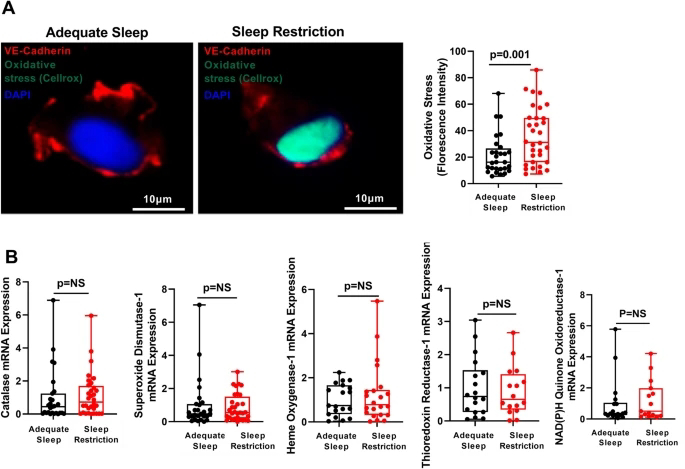Auto Recloser:
The auto recloser is a protective device that would automatically trip and reclose for a preset number of times.
Reclosers are used for quick, temporary fault clearance, while circuit breakers permanently isolate the faulted area.
An auto-recloser is an electrical device used in power distribution systems to automatically detect and isolate faults on overhead lines. It is designed to quickly restore power after a temporary fault, such as a momentary short circuit or transient fault.
When a fault occurs on a power line, such as a tree branch coming into contact with the line, the auto-recloser detects the fault and automatically interrupts the flow of electricity. It then attempts to restore power by automatically closing the circuit again after a predetermined time delay, typically a few seconds.
If the fault is persistent or continues to occur, the auto-recloser will attempt to re-close the circuit a set number of times (usually three) before it locks out, signaling a more severe fault that requires manual intervention by utility personnel.
Auto-reclosers provide several benefits in power distribution systems. By automatically isolating and restoring power to temporary faults, they help minimize the duration of power outages and improve the reliability of electrical supply. They can also help reduce the need for manual inspections and repairs, as they can often clear transient faults without human intervention.
Overall, auto-reclosers play a crucial role in maintaining the continuity of electrical power and ensuring efficient and reliable distribution in overhead line systems.











